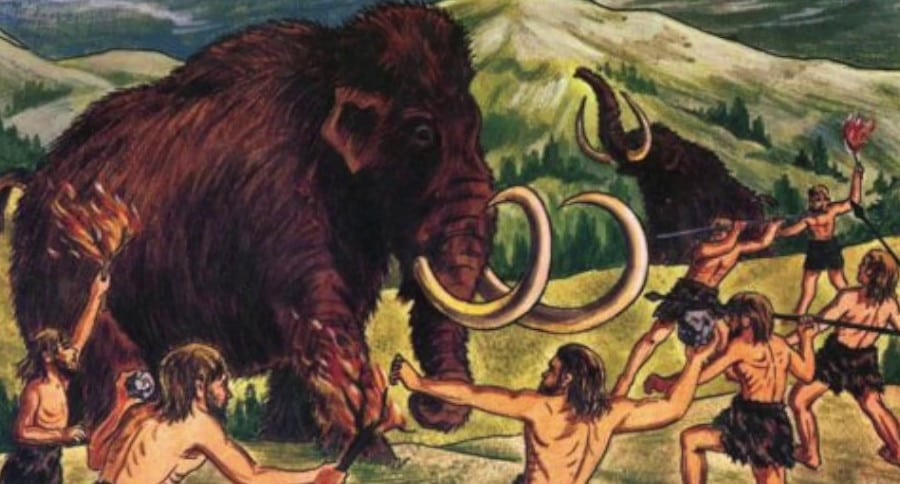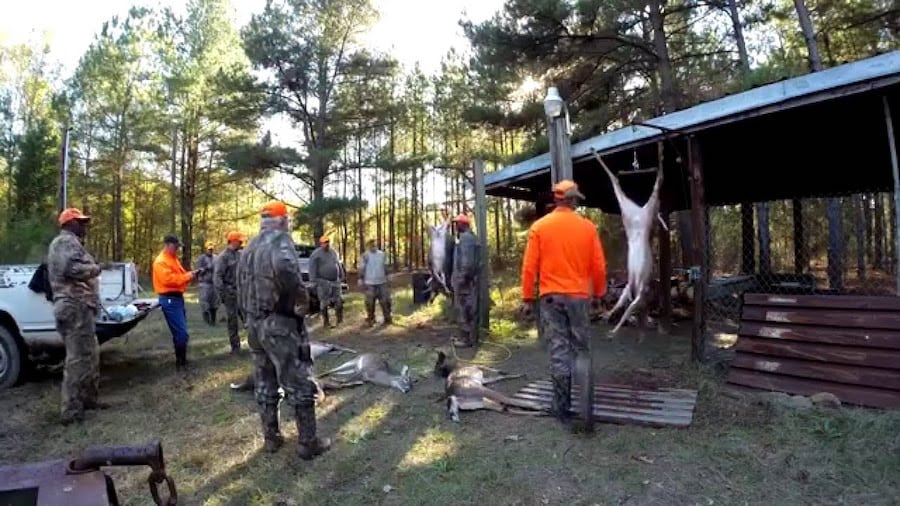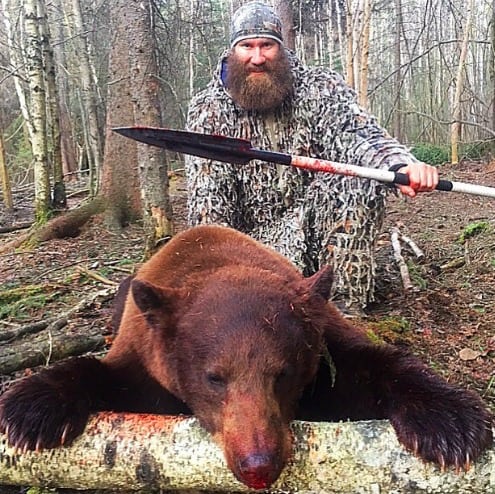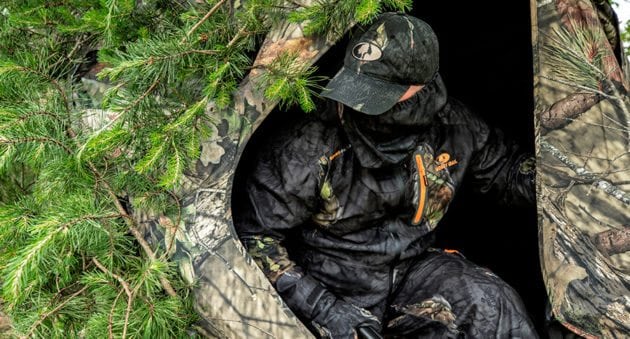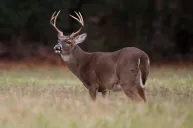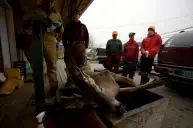We all have that one friend that thinks they're a Neanderthal when we hunt. This list might just prove him right.
When some folks accuse us of being downright prehistoric in our hunting ways, well, sometimes they're correct.
Now, before any of my fellow hunters get nervous or suspicious of my motives, let me interject a few things.
First, the Neanderthals used advanced hunting techniques to track down and dispatch their quarry—what you and I know as food—by using the best 'muscle' that they had: their grey matter. In fact, there is a study that has shed new light on those plodding, marauding, and thought-to-be brainless brutes that shows just how organized they were.
Cut marks on extinct fallow deer found near a lakeshore in Germany showed just how cunning these hunters were.
In other words, wooden spears at close range no longer means that these hunters from days long past (120,000 years ago past) used close cooperation to coordinate their hunts, making them more successful.
To hunt like a Neanderthal now means more about hunting strategies than it does about how crude we are. Nature ecology and evolution now can be explained as performance and function. Here are some of the same careful planning of hunting techniques that modern humans now use today.
Get ready to grunt.
1. Planning
Confrontational hunting only can take place among individuals who have thought it out first. According to Sabine Gaudzinski-Windheuser, a researcher at Johannes Gutenberg-University in Mainz, Germany, the Neanderthals "required careful planning and concealment, and close cooperation between individual hunters"
Remember that when you and your deer hunting buddy are arguing over the best stand location.
2. Cooperation
Our ancestors absolutely had to hunt to live. Without close cooperation, a hunt was likely doomed. Part of the new report says that some deer were killed by being thrust upon with sharp wooden spears at very close range, possibly as a part of cooperative ambush tactics.
Modern hunters now use more civilized tools such a the radio or cell phone, and while we don't need to 'thrust' at deer with spears, getting our game close enough to smell means the best possibility of a successful harvest.
3. Animal drives
Speaking of cooperation, radios, and close range shots: the Neanderthal had to rely on his wits and guile to get close to his prey, and they sure didn't use electronics. While it does say that they went extinct about 40,000 years ago, they still had enough sense to know that the animals were less as smart as they were, and knowing that they certainly knew that they could frighten them into running recklessly where they wanted them to go.
And here we are eons later still using the deer drive in the later stages of deer season to fill tags and freezers across North America.
4. Homemade weapons
Though the Neanderthal didn't have access to steel, they still were proficient at making wooden spears well enough to sustain their hunts. It's said that they could have used them in a projectile way, but it's more likely that they used them to thrust at their quarry from close range. For the most part, hunters don't make their own bows, arrows, and spears but there are many out there who do just that.
Many of today's hunters still feel the primal urge to get as close as possible to their prey animal in a way that makes them more appreciate what our ancestors went through to survive. We still use bone as the Neanderthal did, and even the teeth of our animals to make hunting implements.
5. Concealment
The use of concealment—what we now call camouflage—had to be of the utmost importance to the neanderthal. Even to get close enough to prey that they wanted to drive needed some kind of stealth and concealment so as not to push the animals out of their reach.
Nowadays, men and women can find themselves not only concealed via vision, but from their prey's nose as well. It's not known what type of ambush techniques that the Neanderthals used, but stealth has been an integral part of the hunt forever.
Whether or not this is a smoking gun of human evolution remains to be seen. New research may lead to the confrontational way that the Neanderthal hunted, but one thing is for sure: they were low velocity homo sapiens that turned deer into deer bones and their DNA is still in our American bones.
Cover photo via You Tube
Looking for a little more? Follow my webpage, or on Facebook and Twitter.
NEXT: IS THE MATTHEWS TRIAX THE BEST BOW FOR THE 2018 BOWHUNTING SEASON?
WATCH
